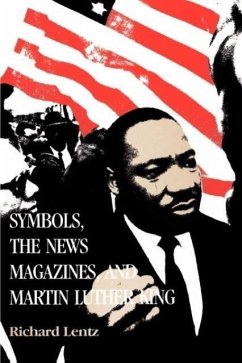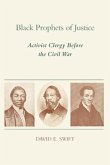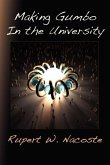More than two decades after his death, Martin Luther King, Jr. remains America's preeminent symbol of the civil rights movement. In the early years of the movement King advocated a policy of nonviolent resistance to the racism ingrained in American society. In later years, however, King adopted a more militant stance toward racial and other forms of injustice. In this innovative book Richard Lentz considers King as a cultural symbol, from the Montgomery bus boycott of 1955-1956 to the Poor People's Campaign, which King helped organize shortly before his assassination in 1968. In particular, Lentz examines the ways the three major news weeklies-- Newsweek, Time, and U.S. News & World Report--presented King to their readers. It is primarily through media institutions that Americans shape and interpret their values. Newsweek, Time, and U.S. News--though representing different shadings of political ideology, ranging from left of center to conservative--were all aimed at the same audience, middle-class Americans. Therefore their influence on the nation's values during a period of enormous social upheaval was significant. In the mid-1960s, when King shifted from reform to radicalism, the news magazines were thrust into what Lentz calls a "crisis of Symbols" because King no longer fit the symbolic mold the magazines had created for him. Lentz investigates how the magazines responded to this crisis, discussing the ways in which their analyses of King shifted over time and the means they employed to create a new symbolic image that made sense of King's radicalization for readers. This is an important, perceptive study of Martin Luther King, Jr.'s career and an astute critical analysis of the reporting practices of the news media in the modern era.








